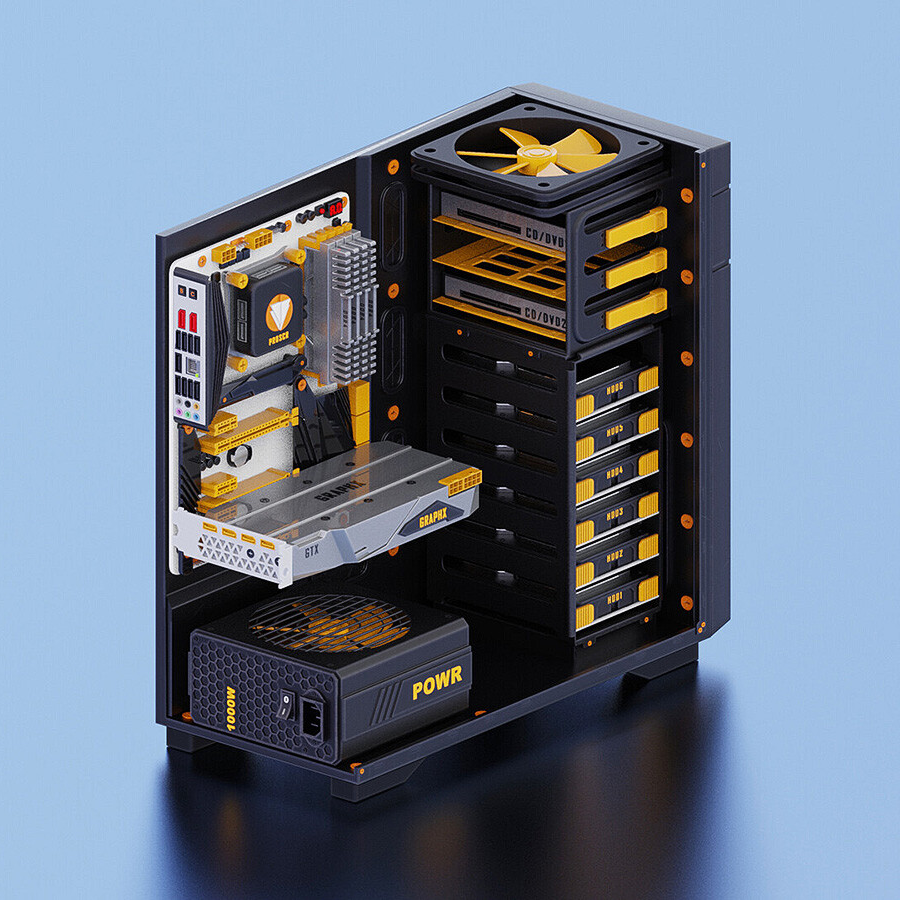I was a refrigeration tech in a place that made high end refrigeration equipment. Fun fact, when some refrigerants get too hot, they break down into hydrogen flouride which forms hydroflouric acid when it comes in contact with water, such as the water in your respriatory tract. Acids taste and smell sour. Being that I normally worked with brand new equipment, I had never dealt with burned refrigerant before. This resulted in me wondering why the hell the refrigerant in an RMA machine had a sour smell when purged the lines on my manifold. Like the dumbass I am I wound up smelling a fair bit of that refrigerant trying to identify why it smelled sour before it finally occured to me that I had been practically snorting hydrogen flouride. One hospital trip, a few chest xrays, and an ECG later I wound up being fine. The next day I came back to work to find that my smartass boss had put a bag of sour candy on my desk.
- 44 Posts
- 775 Comments

 14·19 hours ago
14·19 hours agoAt the same time though, he sees where people have routinely fucked up. He sees exactly what critical incompatibilities get missed until it leads to a divorce.
I’d say it’s more like an ER doctor teaching people how to use a chainsaw. They may not necissarily know what to do, but the sure as hell know what not to do.

 2·20 hours ago
2·20 hours agoBed bugs. Easily.
Actually modern fridges are usually less efficient. But that’s because they use refrigerants that are literally thousands of times less harmful to the environment.
Old appliances frequently used R-12 which is an damn nice refrigerant except it depleted ozone and has a GWP (global warming potential) of 10,900. That means 1lb of R12 released into the air causes the same amount of global warming as releasing 10,900 lbs of CO2.
Newer appliances use refrigerants like R134a which still works pretty well, doesn’t deplete ozone, and only has a GWP of 1,430.
The newest appliances are more frequently using R-600a which is hard on compressors because it has a high head pressure and it doesn’t cool quite as well. But it also doesn’t deplete ozone and it has a GWP of just 3. The bigest downside of that one is that it’s very flamable (it’s isobutane) so the legal limit on how much residential appliances can us is very low.
I run prime95 24/7 on my AMD FX-9590 to keep it at a nice stable temp. Plus it means I also don’t need to heat my house in the winter. Gotta love a tdp of 220W.
When it comes to refrigeration in particular newer appliances tend to break more frequently because they are using more environmentally friendly refrigerants. Old CFCs cooled really well with minimal work from the compressor. Newer fridges and freezers are more frequently using isobutane (R600a) because it doesn’t deplete ozone and it’s GWP (global warming potential) is 3 where the GWP of even non ozone depleting HFCs can frequently be in the thousands. The problem is isobutane requires higher head pressures to work properly and doesn’t cool as well as older refrigerants so the compressors have to work much harder to get the same result.
Also when it comes to household fridges and freezers, they really aren’t worth it to fix anymore. You need an EPA 608 cert to even touch refrigerants (in the US anyways). Plus you need a two stage vacuum pump and a recovery machine (amongst other things) both of which can easily cost as much as a new fridge. Then you need to actually have the skillset to remove the broken component and braze a new one in because everything uses brazed connections now to minimize leaks. Then you need to have the know how to properly recharge the system with refrigerant which when you’re working with a critical charge of maybe 2oz of refrigerant is an absoulte pain. All in all, maybe if you are already an HVAC tech and had the tools and materials on hand you might barely break even fixing your own fridge or freezer.
When it comes to consumer refrigeration they can’t be user repairable due to having to work with refrigerants and economies of scale mean they just generally aren’t worth a trained techs time to fix.
Ah, yes. Because the only thing that would improve my pizza eating experience is the risk of breaking a tooth on a seed.

 951·6 days ago
951·6 days agoIt’s common resturant lingo but fast food is completely different from resturant work. Also “86” literally has the same number of characters as “no”. They could have put down “no cherries” with the exact same ease. They decided to play a stupid game so they won a stupid prize, a stupid amount of cherries.
Oh, cool! When you said parasitic wasp my brain immediately pictured a tarantula hawk wasp.
Exactly. Nothing with shared credentials should be directly accessible to someone off site to begin with. Either way things went down they have a security hole you could fly a blimp through. Either they aren’t revoking credentials properly or they have eternally facing systems using shared credentials.
Gonna be honest chief, I would sooner burn my house down than live with wasps.
But thinking about it, I’m willing to bet that house centipedes would clear them up too. Those voracious little buggers eat everything.
Exactly, personally those perfectly chiseled corners of Colorado get me all hot and bothered.
Yeah, the proper time to revoke credentials is before they even know they’re getting fired. At all the places I worked, the first sign that someone was getting fired would be that they’re suddenly unable to access anything.

 2952·6 days ago
2952·6 days agoYeah, that’s on the customer. If you write that you want a bunch of fuckin cherries then you’re getting a bunch of fuckin cherries. Now go eat the pile of cherries you ordered.
Wait, caffeine actually keeps you all awake? It usually just makes me more tired. I only drink it to keep the withdrawls at bay.
This is the exact feeling I always had with my big ass tool box on my tiny ass truck. “Hold on, y’all need a kitchen sink? I think I got one in here.” I still remember how good it felt the exactly one time I had all of the tools required to do a parking lot clutch swap just on hand in that thing when a friend blew their clutch up.

 5·6 days ago
5·6 days agoMN is not a stand your ground state. If you are threatened in public then you have a duty to retreat if able. However, MN is a castle doctrine state so if someone threatens you on your property then you are perfectly clear to use any reasonable means up to and including lethal force to defend yourself and your property. So your initial idea only works in MN if the threat took place on his own property of if he is unable to get away from the threat.

 4·6 days ago
4·6 days agoI can think of no better way to all but guarantee you get shot than to point a gun at someone else.
Foraging in your whitetail deer fursuit durring hunting season is about the only way I can think of.

 13·6 days ago
13·6 days agoGenerally speaking, even if your state doesn’t have brandishing laws, pointing a firearm at someone is still considered assault. Assault is the unlawful attempt or threat to cause harm to another person.










So glad that was censored. Almost lost mi innocence there.